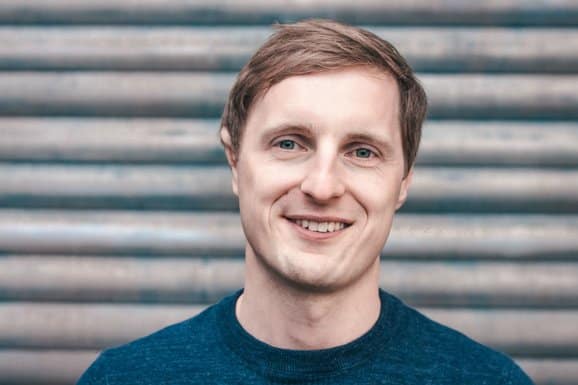
Rapid Interview on Startup Growth Hacking with World’s Leading Growth Hacker – Vin Clancy
Rapid Interview on Startup Growth Hacking with World’s Leading Growth Hacker – Vin Clancy
Founder and Editor-in-chief
The Starting Idea
The streets of London were bustling with action as we caught up with the man of action himself, World’s leading growth hacker and author of Secret Sauce: The Ultimate Growth Hacking Guide, Vin Clancy.
Here are some golden insights he shared with our Founder, Abhik Shome, in this rapid interview about scaling startups fast. Enjoy!
Abhik: What are best tips on growing your startup fast?
Vin: Speed is everything.
This means, you have to get things out the door on time, maybe there is a spelling mistake, maybe links don’t work sometimes, but you have to get this thing out the door as soon as possible.
Also, you need to find the Secret Sauce to get a lot of traffic fast.
It might be Instagram influencers, it might be cold emailing, you can give big public talks, that will get a lot of people interested.
Whatever it is, you need to find one thing which other people aren’t doing that you can do a lot better.
If you do not get this Secret Sauce everything else you have done will not matter.
No matter how good your product is, what matters is how well you can get traffic to the startup.
Without traffic, it will not go anywhere fast.
Abhik: How to get initial press for your startup?
Vin: Do Something that is press-worthy.
If you email v@magnific.com, we can send you a list of 3300 editors and tech publications so you can use that to get in front of them.
You can email them about what you are doing but make sure you research them and see if they write about your niche or it won’t matter what happens.
Another important tip which a lot of founders miss out on is to have all of your assets easily available to the writers with a single click so they can get all your pictures and so on.
Abhik: What are the best tools and systems every startup should use?
Vin: I would say – Buffer, to post on all social media channels at once.
Also, I would recommend using Audiense to scrape Twitter and Instagram, it allows you to look up anyone at any time by what are they having in their bio and see how likely they are to respond to you, how many follows do they have and how many they are following, altogether a great tool for finding great influencers in your niche.
Abhik: What are the best networking tips to get big ticket clients?
Vin: Honestly, just do public speaking.
The rest of it does not really matter.
If you have no contacts it is going to be very hard to get off the ground.
If you don’t do public speaking, you will have to organize three to four meetings to validate what you are talking about.
If you do public speaking you get a lot of people who see you as an authority all at once at the same time, so I would use public speaking to get clients.
The Next Step
Have any questions regarding growth hacking? Please reach out to us. We will be most happy to answer them.
You can find Vin delivering gold in his FB Group on Growth Hacking – Traffic and Copy.
Last but not the least, SHARE this interview with a friend who is starting a business.
Abhik Shome
Abhik helps entrepreneurs shorten their path to online growth with conversion marketing. He is a leading conversion marketing expert and online marketing thought leader. As CEO of Brand Bridge Solutions, an online marketing agency, Abhik's content has been featured in mainstream media outlets like Inc Magazine, Business Insider, Inc ASEAN, YourStory, and Influencive among others. Abhik is the Founder of The Starting Idea, a business growth magazine focused on giving fast-paced actionable marketing strategies to the modern day entrepreneur. He is also the founder of Product Know, an exclusive library of business software and resources. He has recently authored the book “The Growth Toolbox” covering 210+ tools to grow every aspect of a modern day business. Get it for FREE here. His blogs and articles have been shared and appreciated by top industry experts including Larry Kim, Founder of Wordstream & Mobile Monkey.









